Unveiling the Hidden Secrets of Baseball Rules
Baseball Rules, discover how these rules shape the timeless game, from the crack of the bat to the exhilaration of a perfect pitch.
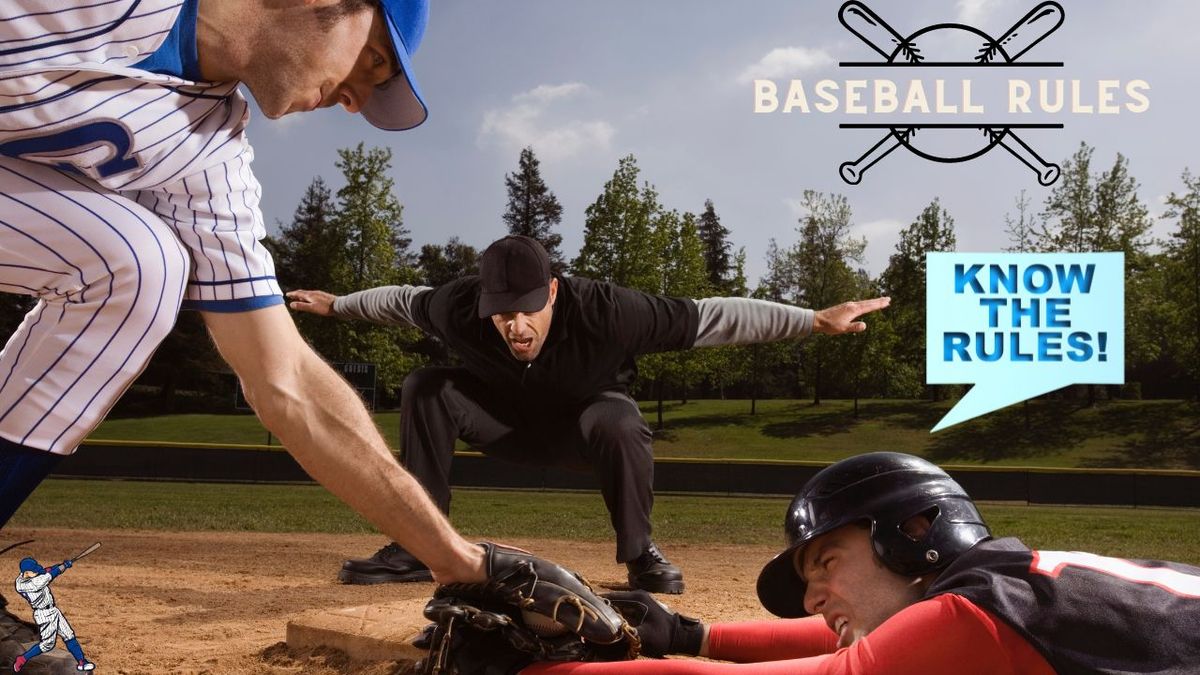
We're about to dive into the labyrinth of baseball rules, a world where strikes, balls, and bases come together to form a language all their own. Whether you're a die-hard fan who wants to know every nuance or someone who's wondered about the mysterious ways of America's favorite pastime, we've got you covered.
From the infield fly rule that sounds like a quirky dance move to the mysterious ground rules that seem to change from one ballpark to another, get ready for a crash course in the game's regulations and uncover why baseball is so much more than just a bat and ball.
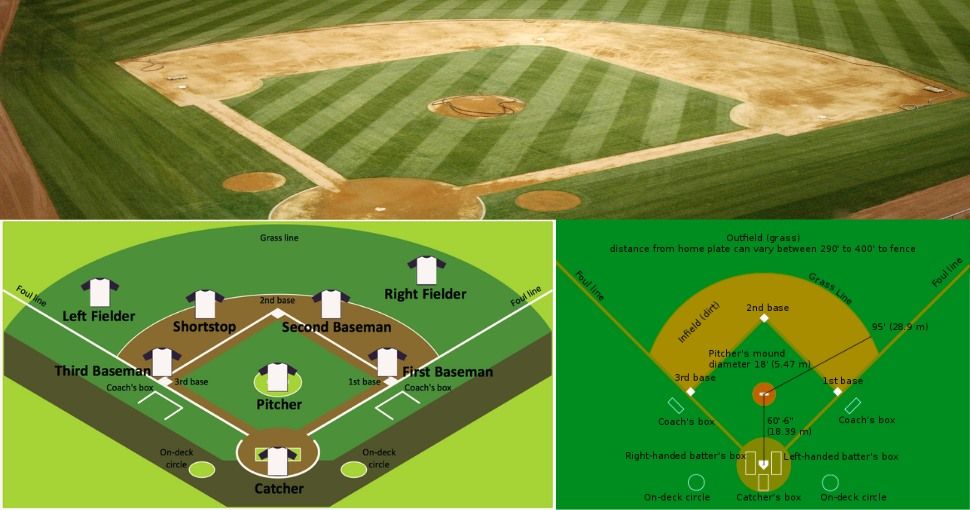
The Baseball Field of Play
The baseball field of play refers to the layout and dimensions of the playing area where the game is contested. Here's a breakdown in bullet points. Diamond: The field consists of a diamond-shaped infield, with bases located at each corner – first, second, third – and a pitcher's mound at the center.Base Paths: These are the paths between the bases, forming a square shape. The distance between each base is 90 feet. Outfield: The outfield is the grassy area beyond the infield, surrounded by a wall or fence. It varies in size and shape from one ballpark to another. Foul Lines: The foul lines extend from home plate through first and third base, marking the boundaries between fair and foul territory. Fair Territory: The area within the foul lines and the outfield boundary is considered fair territory. Foul Territory: The area outside the foul lines and the outfield boundary is considered foul territory.Outfield Wall/Fence: This marks the boundary of the outfield and varies in distance from home plate, affecting the ease of hitting home runs.Warning Track: A strip of dirt or gravel along the outfield fence that warns outfielders they're nearing the wall.Bullpens: Designated areas where relief pitchers warm up before entering the game.Dugouts: Bench areas where teams sit during the game, located on either side of the field.
The Game of Baseball
"The game of baseball" is a complex sport with various components and rules that come together to create its unique charm. Here's an overview in bullet points:

- Teams: Two teams compete, with one team batting and the other fielding.
- Innings: The game is divided into nine innings, with each team alternating between batting and fielding.
- Batting: Players take turns at bat, attempting to hit pitches thrown by the opposing team's pitcher.
- Pitching: The pitcher tries to throw strikes (balls within the strike zone) and make the batter miss or hit the ball weakly.
- Hitting: Batters aim to hit the ball into play, preferably for a hit, to advance around the bases.
- Baserunning: After a hit, batters run the bases counterclockwise: first, second, third, and home plate to score runs.
- Scoring: Runs are scored when a batter reaches home plate, either due to their hit or by advancing bases on walks, errors, etc.
- Outs: Batters become out if they get three strikes, hit a fly ball caught by a fielder before it touches the ground, or if they're tagged out while running the bases.
- Defensive Play: The fielding team tries to catch hits, throw out baserunners, and prevent runs.
- Fielding Positions: Nine players are strategically placed on the field, with pitchers, catchers, infielders, and outfielders.
- Strategy: Managers make strategic decisions on pitching changes, substitutions, defensive positioning, and hitting orders.
- Gameflow: The game flows with pitches, hits, runs, and defensive plays, building tension until the final out.
- Extra Innings: If the game is tied after nine innings, extra innings are played until a winner is determined.
- Equipment: Players use bats to hit and gloves to catch, and pitchers use a ball to throw.
- Umpires: Umpires enforce the rules, calling balls and strikes, safe and out calls, and maintaining fair play.
- Traditions: Baseball has unique traditions like singing the national anthem, the seventh-inning stretch, and ceremonial first pitches.
Players
Involve the individuals who participate in the game and the tools they use to compete.
- Teams: Two teams consisting of nine players each compete against each other.
- Positions: Players are strategically placed on the field, with positions including pitcher, catcher, infielders (first baseman, second baseman, shortstop, third baseman), and outfielders (left fielder, center fielder, right fielder).
Scoring
"Scoring" in baseball involves the process of earning runs and keeping track of a team's performance.
- Runs: Runs are scored when a baserunner successfully circles the bases and crosses home plate.
- Home Run: A batter hits the ball out of the playing field, and all runners on base and the batter score.
- Earned Run: A run that is scored without the aid of an error or fielder's choice.
- RBI (Runs Batted In): When a batter's hit enables a baserunner to score, the batter is credited with an RBI.
- Walk: A batter is awarded first base if they receive four pitches outside the strike zone.
- Hit: When a batter safely reaches base with a hit, including singles, doubles, triples, and home runs.
- Error: A fielding mistake that allows a baserunner to advance or a batter to reach base safely.
- Fielder's Choice: A defensive play where a fielder chooses to get an out at a base other than first, allowing a batter to reach base safely.
- Sacrifice Fly: When a batter hits a fly ball that's caught, but a runner tags up and scores from third.
- Passed Ball: A pitch the catcher fails to catch or control, allowing baserunners to advance.
- Wild Pitch: A pitch thrown far outside the strike zone, allowing baserunners to advance.
- Stolen Base: A baserunner advances to the next base while the pitcher is delivering the ball to the plate.
- Force Out: A baserunner must advance to the next base because a batter becomes a runner.
Rules of Baseball
"Rules of Baseball" encompass various regulations that govern the game's play, ensuring fair competition and maintaining order.
Game Structure
- Games are played in nine innings, with each team taking turns at bat and in the field.
- If the game is tied after nine innings, extra innings are played until a winner is determined.
Pitching
- The pitcher must deliver pitches from the pitcher's mound to the catcher's mitt, aiming to throw strikes within the strike zone.
- If the batter fails to swing at three pitches within the strike zone, they're out (strikeout).
Batting and Running
- Batters attempt to hit pitches and advance around the bases counterclockwise (first, second, third, and home plate).
- Runners must touch each base to advance safely.
- A batter is out if the fielding team catches a batted ball before it touches the ground (flyout) or if they tag out a baserunner.
- Runners can advance on walks, hits, errors, and various other plays.
Scoring
- Runs are scored when a baserunner crosses home plate.
- Home runs occur when a batter hits the ball out of the playing field.
Fielding
- Fielders aim to catch batted balls, throw out baserunners, and prevent runs.
- Fielders can tag baserunners with the ball to get them out or force runners out on bases.
Outs
- Batters are out if they accumulate three strikes, hit a fly ball caught by a fielder before it touches the ground, or are tagged out.
- Fielders can force runners out on bases by touching the base with the ball before the runner arrives.
Umpires
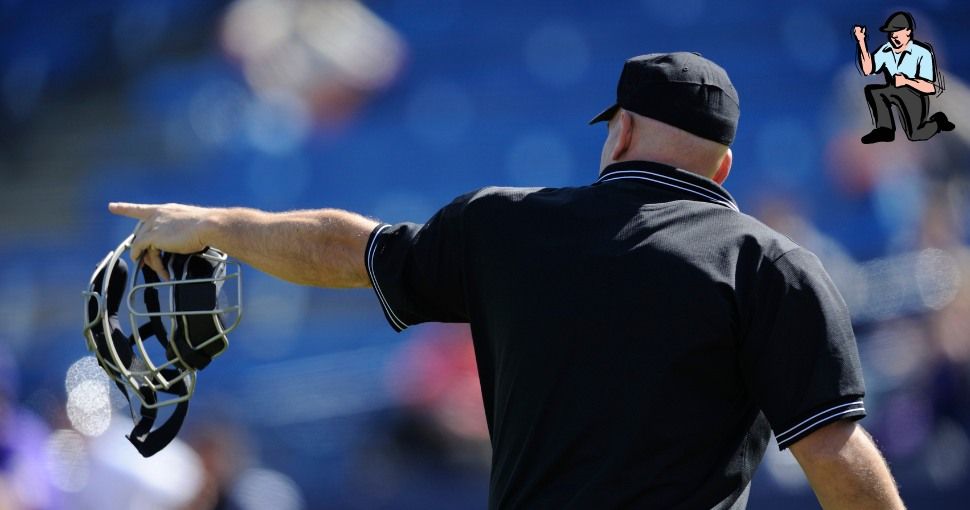
Umpires enforce the rules, making safe/out calls and maintaining fair play.
Types of Equipment
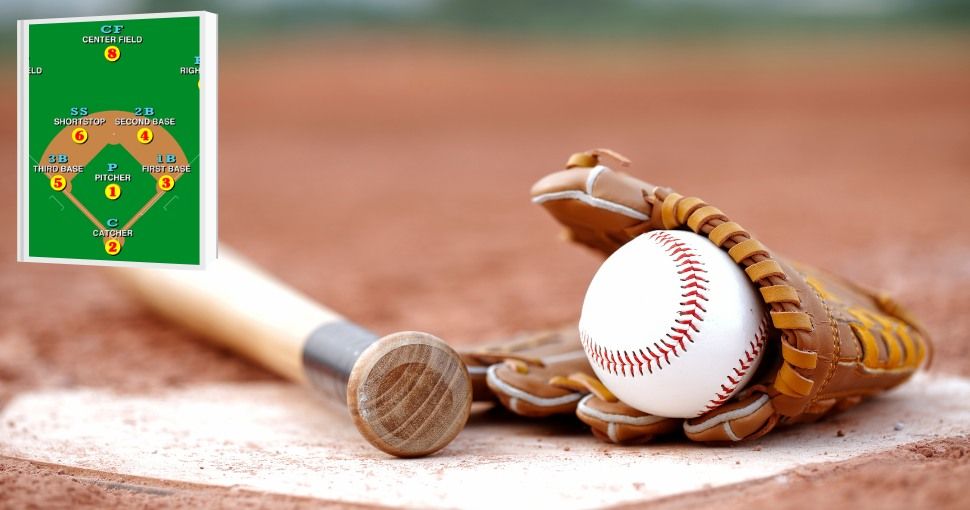
There are countless accessories available to baseball players, including specialized batting gloves, high-tech helmets, and custom-designed cleats. But some of the most important accessories are the tried-and-true classics, like the leather glove and the trusty batting helmet.
Substitutions
Teams can substitute players in and out of the game as needed.
Interference and Obstruction
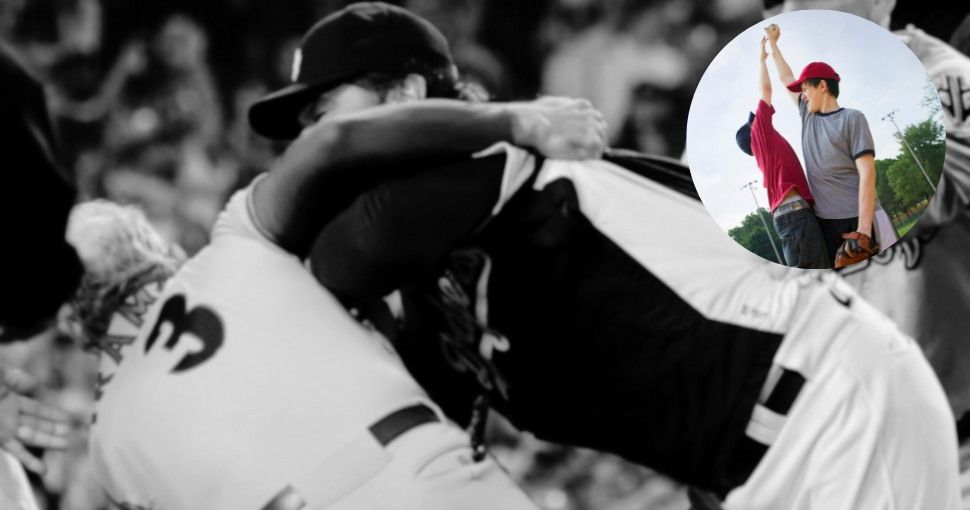
Players can't interfere with plays or obstruct baserunners.
Infield Fly Rule
A rule to prevent fielders from deliberately dropping pop-up balls to create double or triple plays.
These rules form the intricate fabric of baseball, creating a balanced and strategic game that captivates players and fans alike.
Baseball Rules
FAQs
Q: How does baseball play?
Answer: Baseball is played between two teams, with one team batting and the other team playing defense. The ultimate goal is to score more runs than the opposing team by hitting the ball and successfully advancing around the bases. Here's how baseball is played:
Offensive Team:
- Batting Order: Each team has a batting order, determining the sequence in which players will bat.
- Batter: The batter stands at home plate and attempts to hit the pitched ball from the opposing team's pitcher.
- Pitching: The pitcher throws the ball from the pitcher's mound to the batter at home plate.
- Hitting: The batter aims to hit the ball into play, preferably for a hit.
- Baserunning: After hitting the ball, the batter becomes a baserunner and attempts to advance around the bases in a counterclockwise direction (first, second, third, and home plate) to score runs.
Defensive Team:
- Pitcher: The pitcher aims to throw strikes, induce outs, and prevent runs.
- Fielders: The fielders, including infielders and outfielders, position themselves strategically to catch batted balls and throw out baserunners.
- Catcher: The catcher is responsible for receiving pitches from the pitcher and making defensive plays, such as catching pop-ups and throwing out baserunners.
- Inning: Each team has a turn to play defense for one half-inning, attempting to prevent the offensive team from scoring runs.
- Outs: The defensive team aims to record three outs to end the offensive half-inning. Outs are achieved by striking out batters, catching fly balls, tagging baserunners, and other defensive plays.
Scoring Runs:
- Runs are scored when a baserunner successfully crosses home plate.
- A batter can also score runs by hitting a home run, where the ball leaves the field of play.
Rotation:
- Teams alternate between offense and defense. The team that played defense in the previous half-inning now takes the offensive side, and vice versa.
- The game consists of nine innings. If the game is tied after nine innings, extra innings are played to determine the winner.
Strategic Elements:
- Managers make strategic decisions, including pitching changes, substitutions, and defensive positioning.
- Batters use various hitting techniques to maximize their chances of reaching base.
- Pitchers use a mix of pitches to deceive batters and induce outs.
Q: How do you score in baseball?
Answer: Please check here our article on Cricket vs. Baseball for in-depth information.
Key Takeaways!
In the captivating world of baseball, the rules intertwine with the crack of the bat, the cheers of the crowd, and the strategic moves of players and managers. These rules, finely tuned over generations, create a symphony of athleticism, teamwork, and sportsmanship that defines the essence of the game. From the tension of a pitcher's duel to the exhilaration of a walk-off home run, baseball's rules form the foundation for a sport that continues to captivate players and fans alike. Whether you're stepping onto the diamond or watching from the bleachers, the rules of baseball ensure that every swing, pitch, catch, and run is part of an enduring and cherished tradition.
